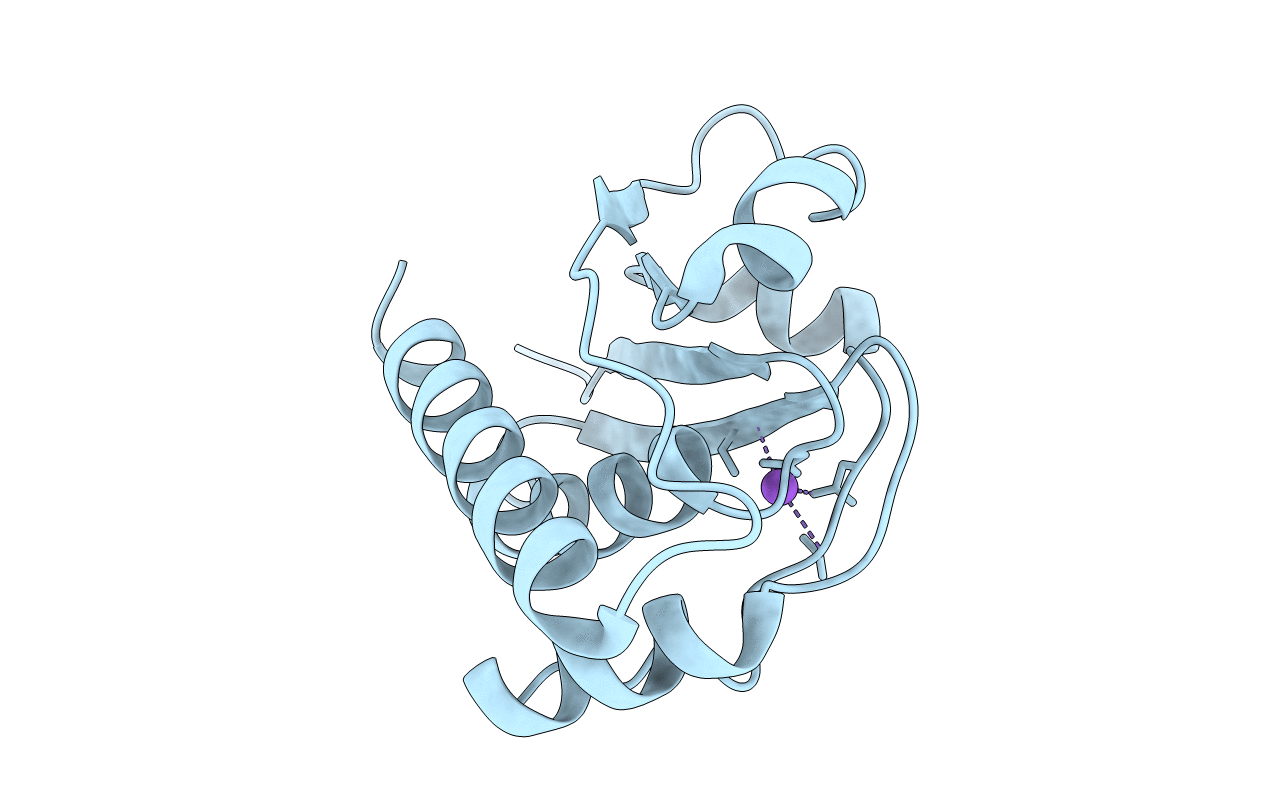
Deposition Date
2006-01-23
Release Date
2006-06-28
Last Version Date
2023-12-13
Entry Detail
PDB ID:
2CD7
Keywords:
Title:
Staphylococcus aureus pI258 arsenate reductase (ArsC) H62Q mutant
Biological Source:
Source Organism:
STAPHYLOCOCCUS AUREUS (Taxon ID: 1280)
Host Organism:
Method Details:
Experimental Method:
Resolution:
1.50 Å
R-Value Free:
0.21
R-Value Work:
0.18
R-Value Observed:
0.18
Space Group:
P 21 21 21


